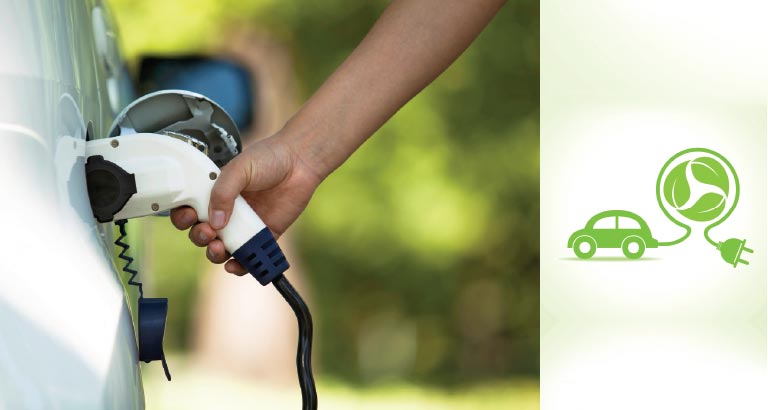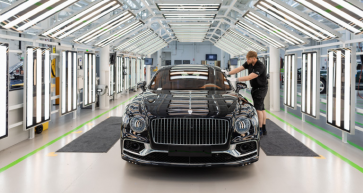
Once upon a time, even only 20 or 30 years ago, when a car was manufactured you could expect it to run fairly well for a while.
You might also expect that, inevitably, after a time, something or other would go wrong with a part of it. If you were a bit of a mechanical Handy-Andy you could have a stab at fixing it yourself, or give it to a Handier-Andy and – happy days.
Nowadays, with modern cars, should some part or other pack up, you most likely have to tow it to the dealer’s workshop. Therein, your ailing vehicle is plugged into a computer diagnostic gizmo that will happily – for the dealer anyway – tell you that such and such a part is required. It goes without saying that the part required is the ‘Very Expensive Part’ – obviously.
Whilst this is quick, easy and, more importantly, very handy for those non-mechanical Handy-Andy types amongst us, it is more expensive than bygone days. That’s with all these replacement bits manufactured with their built-in obsolescence and the fact that cars nowadays neither stay on the road nor remain desirable for very long any more. What is the overall impact on the environment? Do we consider the environmental carbon footprint that is produced in making a car? OK, the emissions may be less nowadays (ahem, Volkswagen anybody?). However, 20 or 30 years ago, a similar car was built to last with more durable and repairable components inside it.
Today, everybody goes gaga when their new car goes 40 miles to the gallon (sorry 14.2km to the litre!) but hey, the clanking old Austin 100 I had at college did this – OK then, with a following wind! When you add up the CO2 footprint created in manufacturing and repairing the car, which is better? CO2, new or old?
We can ponder likewise on the electric cars of today. Are their components any more durable than those of a combustion engine car? Sure, there are no emissions but what about the electricity required to charge the car? Electricity, I might add, that is produced by burning coal, oil or gas. Energy efficient? Really?
Electric cars may not be the solution for several reasons. Many, many auto makers use aluminium to make electric cars; this requires a tremendous amount of energy to process the bauxite into that aluminium. Also, aside from burning dirty fossil fuels and until batteries become more efficient, it takes more energy to produce an electric car than a conventional one. What about the disposal of those batteries? A study by an Institute of Energy and Environmental Research determined that "the carbon footprint of a battery car is similar to that of a combustion engine car, regardless of size".
In Germany, more than 50 per cent of electricity is produced from coal and gas. An electric car would need to drive 100,000kms to pay off this eco debt and produce overall less carbon than driving a gasoline car. If the car is from green energy, this is reduced to 30,000kms.
It takes more carbon footprint to make an electric car than a conventional car – the main culprit being the batteries, which are also contentious as they require precious and scarce mineral resources. These are copper, cobalt and other rarities, in which the procurement of many cause vast ecological and environmental devastation through deforestation, polluted rivers and contaminated soil. Furthermore, many of these scarce resources hail from China, the Congo and countries embroiled in controversial human rights violations. All this, to make a battery!
Right, then, anyone got a bicycle for sale? I need one to go do some tree hugging!
Email [email protected]



